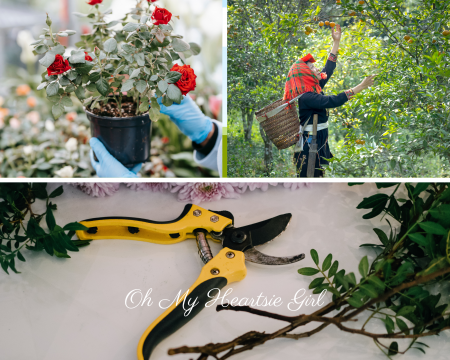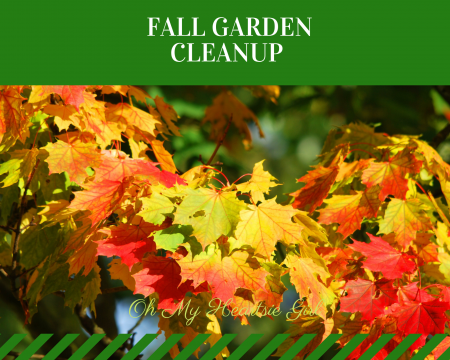
Proper pruning is a social obligation you owe to your cherished garden. Pruning regularly helps you keep updated with the nourishment requirement of your gardening trees and flowers. Proper pruning is a key component to ensure optimal health for your gardening trees and also to elevate the aesthetic features as well.
The correct pruning procedure consists of knowing exactly which parts to eliminate and which ones to preserve. It is also important to know how to proceed with the cutting process. Just because you have a pruning shear does not necessarily mean you will start cutting off random branches as well.
If you are uncertain about the pruning requirement, it is best if you take additional professional assistance from Sydney Tree Company. This way, you avoid jeopardizing your tree’s health.
- Identify the dead branches
The removal of dead branches should be one of your top priorities when you decide to venture out on pruning your trees. However, proceeding directly to climb trees and initiating the branch removal is illogical as well. Dead branches are naturally weak, and any minor disturbance can cause it to fall, possibly causing injuries. It is always best if you are not sure how to cut and trim trees to get a professional involved for your tree pruning in San Antonio .
Instead, map out the locations of the dead branches first and proceed by removing them strategically to prevent any unnecessary accidents.
- Identify the diseased branches
The infected branches are the primary cause of weakening your tree’s stability and their overall health as well. Identifying the diseased branches may not be as obvious as it is in case of dead branches. In such cases, look for branches that appear inferior, sometimes even producing weaker fruits or leaves.
Make sure you eliminate those branches as soon as you notice them in order to stop the infection from spreading further.
- Cutting the “right way.”
There are certain correct ways of pruning the branches, as opposed to simply cutting them away. For all you know, you could be assisting the growth of infection if you cut the branches the wrong way. The majority of the people do not realize that leaving out a significant stub when cutting the diseased branches can, in fact, amplify the growth of infection.
A stub is a V-shaped structure that is formed between the branch and the tree trunk as a result of cutting the diseased/dead branch. This open wound can attract additional foreign infections and cause further deterioration. The infection can also multiply out to other branches as well.
- The earlier, the better
Ideally, you should start pruning the trees in their early stages. This does not necessarily mean you should start pruning them as soon as they start growing. You should wait for at least 2-3 years depending on the type of tree you’re dealing with. Basically, wait until your tree can obtain a stable structure, and then proceed to prune (however minimal) whenever required.
This allows you to take optimal control of how and which way your tree grows in its prime growth stage.
- Remove the suckers
Suckers literally suck out the useful nutrients from your tree causing a disproportionate distribution of nutrients throughout the various parts of the tree. This, in turn, deteriorates the quality of the tree product. Suckers often branch out differently from the normal ones and produce inferior leaves and fruits.
Since they utilize the majority of the nutrients and produce weaker off-springs, it is best to eliminate them as soon as you recognize it. The only exception would have to be for people who grow their trees for decorative purposes. The abnormal leaves and fruits from the suckers can give the tree a unique appearance.
Related Gardening:
Practical Principles of Gardening You Should Learn
 It’s harvest season in your garden. The tomatoes are ripe and practically falling off the vine, the summer squash is fat and heavy, the peppers are colorful, and your onions are turning yellow just in time for fall. The early part of autumn is a busy time for any gardener and there’s still plenty of harvesting to do, but if you live in a colder climate, the first snowfall isn’t far away. Once you’ve finished harvesting all the delicious fresh vegetables you’ve been tending to all summer long, it’s going to be time to get your garden ready to survive the winter so that you can do it all over again in the spring.
It’s harvest season in your garden. The tomatoes are ripe and practically falling off the vine, the summer squash is fat and heavy, the peppers are colorful, and your onions are turning yellow just in time for fall. The early part of autumn is a busy time for any gardener and there’s still plenty of harvesting to do, but if you live in a colder climate, the first snowfall isn’t far away. Once you’ve finished harvesting all the delicious fresh vegetables you’ve been tending to all summer long, it’s going to be time to get your garden ready to survive the winter so that you can do it all over again in the spring. 